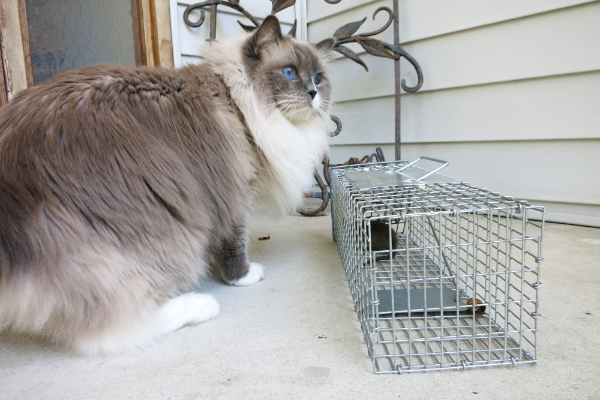Mouse Prevention
Mice usually would take advantage of different sources of food or shelter. These rodents like to consume food discarded by people and they can fit through the tiniest of openings to access your home. The best cure for a rodent problem is prevention.
Whether your home is vulnerable to infestation will depend greatly upon the availability of food, water and shelter. Even though it may seem unlikely, homeowners should always be on the lookout for a rodent infestation. It is never too early to think about contacting your local pest control and pest management specialist and start learning how to protect your property from an infestation. At the end of the day, it is better to be safe than sorry.
According to estimates made by the National Pest Management Association, rodents invade about 21 million homes in the United States every winter, squeezing through spaces as small as a nickel. There are many costly problems they cause in homes and other buildings. These problems range from food contamination to structural damage. Mice and rats leave trails of urine and droppings wherever they make contact.
The most common rodent pathways are on sill ledges, fence rails, foundations, electrical wires, pipes, tree branches and conduits. You should inspect your home, outbuildings and landscape for these signs of rodents: droppings, gnaw marks and burrows. Today I will give you some tips on how to prevent these pests from invading your home and prevent them from returning.
That old saying about an ounce of prevention being worth a pound of cure is an apt analogy when it comes to preventing mouse infestations. Taking the time to enact preventive measures in and around your home now will save you a lot of stress later in the fall when rodents are actively seeking shelter from the cold. The following are some tried and true tips to keep your home (and office) free from rodents this fall and winter.
Consider Pets as a Deterrant

You might consider getting a cat. If you can keep them on or near your property, they’ll help control the rodent population and serve as a huge deterrent.
Do some maintenance around the home
Filling out larger gaps inside your residence. Due to the fact that mice can enter homes through holes the size of a dime and rats through holes the size of a quarter, you should fill larger gaps inside the residence with pieces of steel wool. This will deter rodents because they are unable to gnaw through this material.
Exterior Baiting
There is also something called Exterior Baiting considering the fact that rodents tend to gravitate to warm air currents or where food odors emerge. The tamper-resistant bait stations or traps should be placed every 30 to 50 feet, depending on the severity of the infestation. Place bait or traps around every entry door.
Conclusion
In conclusion, if mice make your home their hideout, despite your best efforts, it’s time to call a professional. Contact someone to get rid of your pesky guests and who can advise you on how to keep them away for good.

